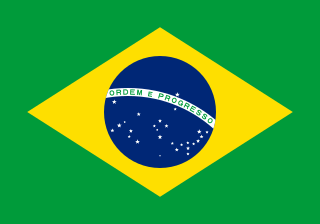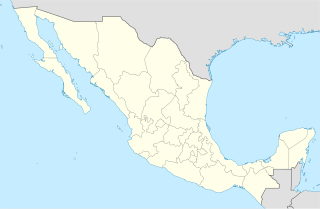 W
WInternational child abduction in Brazil comprises cases in which the removal of a child by one of the joint holders of custody or non-custodial or contested parents to Brazil in contravention of other laws of other countries and/or the desires of other custody claimants. The phenomenon of international child abduction is defined in international law and legislated on by the Hague Convention on the Civil Aspects of International Child Abduction, which entered into force in Brazil on January 1, 2000 and aims to trace abducted children, secure their prompt return to the country of habitual residence and organize or secure effective rights of access. In 2010 Brazil was accused by the US State Department of being non-compliant with the Hague Convention.
 W
WThe Casitas del Sur case refers to the disappearance of several minors from children's refuges operated by the religious organization Iglesia Cristiana Restaurada.
 W
WThe Hague Convention on the Civil Aspects of International Child Abduction or Hague Abduction Convention is a multilateral treaty developed by the Hague Conference on Private International Law (HCCH) that provides an expeditious method to return a child internationally abducted by a parent from one member country to another.
 W
WHome Children was the child migration scheme founded by Annie MacPherson in 1869, under which more than 100,000 children were sent from the United Kingdom to Australia, Canada, New Zealand, and South Africa. The programme was largely discontinued in the 1930s, but not entirely terminated until the 1970s.
 W
WInternational child abduction in Japan refers to the illegal international abduction or removal of children from their country of habitual residence by an acquaintance or family member to Japan or their retention in Japan in contravention to the law of another country. Most cases involve a Japanese mother taking her children to Japan in defiance of visitation or joint custody orders issued by Western courts. The issue is a growing problem as the number of international marriages increases. Parental abduction often has a particularly devastating effect on parents who may never see their children again.
 W
WMexico is amongst the world's most popular sources and destinations for international child abduction while also being widely regarded as having one of the least effective systems of protecting and returning internationally abducted children within its borders.
 W
WThe Office of Children's Issues is an agency of the Bureau of Consular Affairs, which in turn is part of the U.S. Department of State. The Office of Children's Issues was created in 1994 under the leadership of Assistant Secretary of State for Consular Affairs Mary Ryan and that of her successor Maura Harty. The Office of Children's Issues develops and coordinates policies and programs related to international child abduction. In this respect, it is the U.S. Central Authority under the terms of the Hague Convention on the Civil Aspects of International Child Abduction and the Hague Convention on Protection of Children and Co-operation in Respect of Intercountry Adoption.
 W
WAs a result of its high level of immigration and emigration and its status as common source and destination for a large amount of international travel the United States has more incoming and outgoing international child abductions per year than any other country. To address this issue the United States played an active role in the drafting of the 1980 Hague Convention on the Civil Aspects of International Child Abduction Although the United States was one of the first nations to sign the Convention in 1981 the Convention did not enter into force for the US until 1988 with the enactment by Congress of the International Child Abduction Remedies Act which translated the Convention into US law.